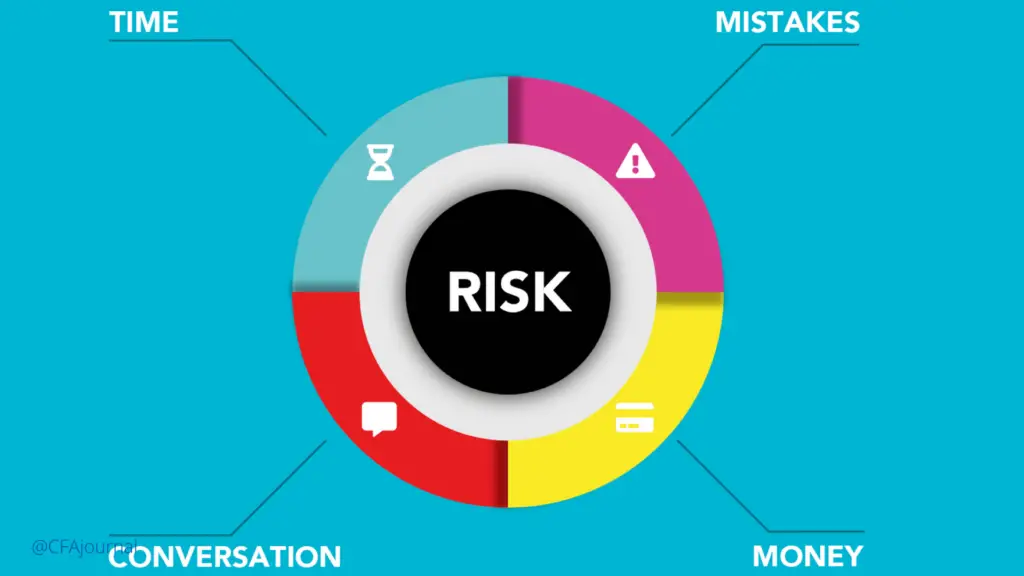
Introduction
The Capital Asset Pricing Model can be referred to as a tool that describes the existing relationship between systematic risk and expected return for assets, including stocks.
It is used in the field of finance in order to price securities that have a higher risk profile, in addition to generating expected returns for assets, using the underlying risk, as well as the cost of capital for that particular decision.
The Capital Asset Pricing Model is designed in order to describe the relationship lying between expected return and the underlying risk behind investing in a given security.
Formula:
CAPM is calculated with the formula given below:
Ra = Rf + [ßa*(Rm-Rf)]
In the above formula, it can be seen that
Ra = Expected return on the given Security (a)
Rfr = Risk free rate
ßa = Beta of the given Security (a)
Rmarket = Risk Premium
The CAPM formula is used in order to compute the expected returns on an asset. It mainly lies in the fundamentals of systematic risk, which lies on the premise that investors need to justify their investments using risk premiums.
In this regard, a risk premium is regarded as a higher return rate that is in excess of the risk-free rate.
This can be explained by the fact that when investing, investors need to ask for a greater risk premium when they take on investments that are riskier as compared to others.
Components of CAPM
As mentioned earlier, it can be seen that CAPM comprises four main components: expected return, risk-free rate, an underlying beta of the security, and the risk premium involved.
Expected Return: Expected Return can be defined as the return of capital assets over the course of time. It can be defined as a given assumption regarding the trajectory of investment over course of its life.
Risk-free Rate: Risk-free rate can be defined as a typical yield that is generated over a 10-year US government bond.
This shows the existing opportunities that lie in the realm of a typical return that is generated as a result of investing in a risk-free return.
Beta: Beta can be regarded as a tool that measures underlying stock risks mirrored with the existing fluctuating price changes relative to the market dynamic.
Alternatively, it can be seen that beta can also be defined as the stock’s existing sensitivity to the underlying market risk.
For example, if the company’s beta is 1.4, the security can be regarded as 140% times more volatile compared to the average market’s volatility.
On the other hand, it can be seen that if the Beta is 1, the stock is equally as volatile as compared to the average market returns.
Risk Premium: The market risk premium can represent the additional return that the underlying security is likely to pay out, more than the risk-free rate.
Therefore, it presents the spread of risk, in terms of returns offered by less risky shares, and higher risk premiums.
Importance of CAPM
The importance of the Capital Asset Pricing Model lies in the fact that it is a very important tool used in the finance industry, to calculate the weighted average cost of capital, because CAPM represents the cost of equity.
WACC is widely used in financial modeling and in computing the Net Present Value (NPV) of the company’s cash flows in the future of investment.
Furthermore, it is also used to compute its enterprise value and equity value.
Example of Capital Asset Pricing Model
The following information about a given stock is disclosed.
- The stock is based in the United States and is listed on the NYSE
- The historic yield on the United States 10-year treasury bond is 5%
- The market rate premium for United States Stocks is 9.5%
- The beta of the stock is 1.2
In order to calculate CAPM,
- Expected return = Risk-Free Rate + Beta * (Market Return Premium)
- Expected return = 5% + [1.2 x 9.5%]
- Expected return = 16.4%
Conclusion
Therefore, it can be seen that CAPM can be regarded as a really important tool for business finance, because it shows the Cost of Equity, which is subsequently used for other major calculations, including the company’s valuation.
Hence, this can be seen that CAPM needs to be accurately computed because it impacts numerous other calculations.
